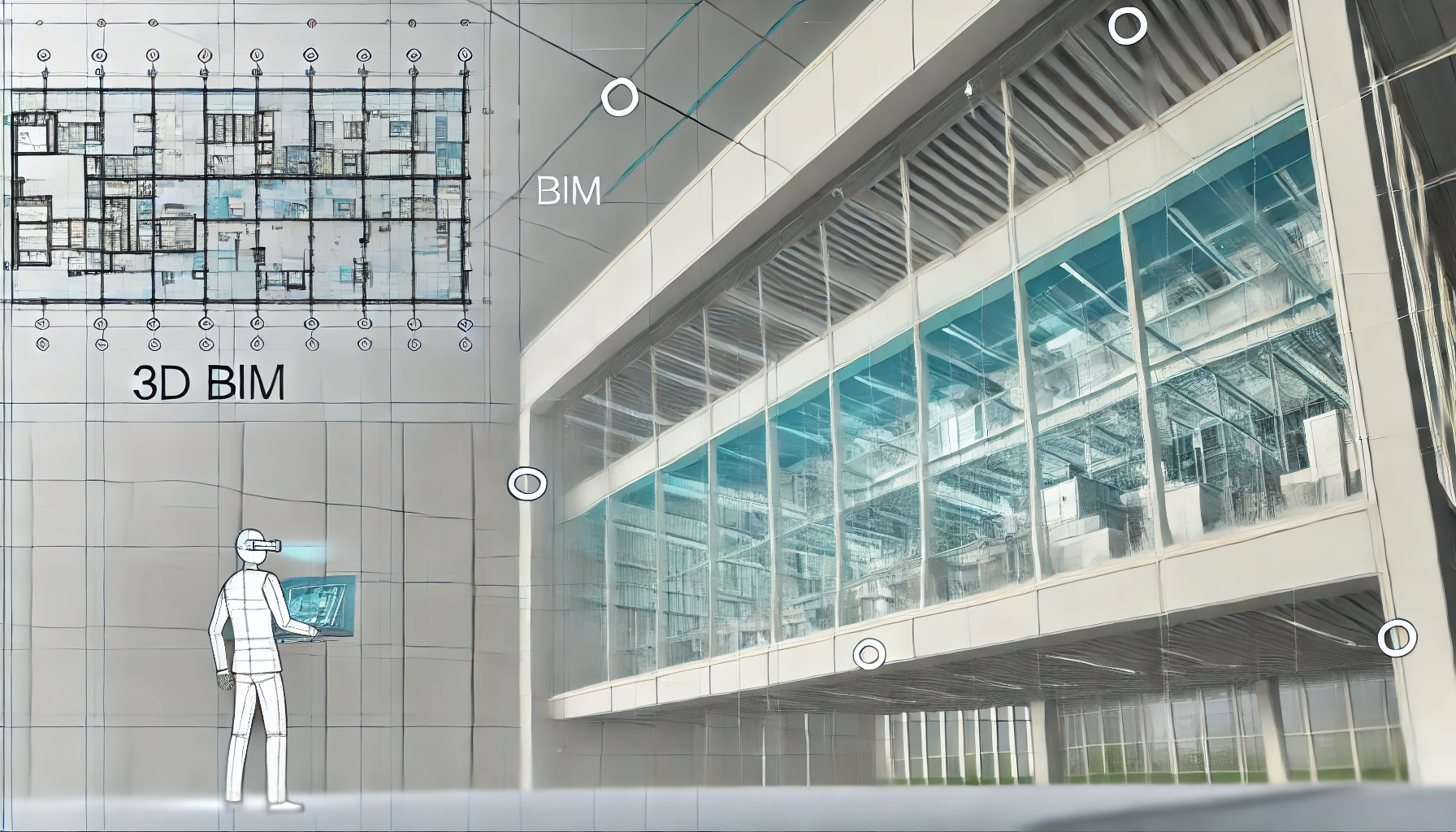In the rapidly evolving construction industry, Building Information Modeling (BIM) has emerged as a game-changer, revolutionizing how architectural and engineering projects are designed, executed, and managed. At the heart of this transformation is 3D BIM, a sophisticated modeling technique that offers unprecedented precision and efficiency. This article delves into the world of 3D BIM, exploring its benefits, applications, and the technological advancements that are shaping its future.
What is 3D BIM?
Building Information Modeling (BIM) is a digital representation of the physical and functional characteristics of a facility. When we refer to 3D BIM, we’re talking about a specific aspect of BIM that focuses on creating three-dimensional models of building components. Unlike traditional 2D drawings, 3D BIM allows for a more intuitive and interactive representation of structures, providing stakeholders with a comprehensive view of the project from multiple perspectives.
Key Benefits of 3D BIM
1. Enhanced Visualization: One of the most significant advantages of 3D BIM is its ability to provide a realistic, three-dimensional view of a project. This enhanced visualization helps architects, engineers, and clients better understand the design, layout, and spatial relationships within a building. By simulating real-world conditions, 3D BIM can reduce misunderstandings and improve decision-making.
2. Improved Accuracy and Precision: 3D BIM models offer a high level of detail, which translates to improved accuracy in design and construction. This precision minimizes errors and discrepancies between the design and the final built structure. Additionally, the integration of various data layers within a 3D BIM model helps in detecting clashes and conflicts early in the design phase, reducing costly changes during construction.
3. Streamlined Collaboration: Effective collaboration is crucial for successful project delivery. 3D BIM facilitates better coordination among different stakeholders by providing a shared, interactive platform. Architects, engineers, and contractors can work together in real-time, making adjustments and updates to the model as needed. This collaborative approach enhances communication and ensures that all team members are aligned with the project’s goals.
4. Efficient Project Management: Managing construction projects involves juggling multiple tasks, schedules, and resources. 3D BIM streamlines project management by integrating various aspects of the project into a single model. This holistic view allows project managers to track progress, manage resources, and identify potential issues before they escalate. Additionally, 3D BIM models can be used for simulations and analyses, aiding in project planning and optimization.
Applications of 3D BIM
1. Design and Visualization: Architects and designers use 3D BIM to create detailed visualizations of their designs. These models help in presenting concepts to clients and stakeholders, enabling them to see how the finished project will look. Moreover, 3D BIM facilitates design iterations and modifications, allowing for quick adjustments based on feedback.
2. Clash Detection: Clash detection is a critical aspect of 3D BIM. By integrating different building systems into a single model, potential conflicts between architectural, structural, and MEP (mechanical, electrical, and plumbing) elements can be identified and resolved before construction begins. This proactive approach reduces the risk of costly rework and delays.
3. Facility Management: Beyond the construction phase, 3D BIM continues to add value during the operation and maintenance of a building. Facility managers can use the BIM model to access detailed information about building components, track maintenance schedules, and plan renovations. This long-term perspective enhances the efficiency and longevity of the facility.
Technological Advancements in 3D BIM
The field of 3D BIM is constantly evolving, driven by advancements in technology. Key developments include:
1. Integration with Augmented Reality (AR) and Virtual Reality (VR): AR and VR technologies are enhancing the capabilities of 3D BIM by providing immersive experiences. Stakeholders can interact with 3D models in virtual environments, gaining a deeper understanding of the project and identifying potential issues before construction begins.
2. Cloud-Based BIM Solutions: Cloud-based platforms are making it easier to access, share, and collaborate on 3D BIM models from anywhere in the world. These solutions facilitate real-time updates and collaboration, improving efficiency and reducing the risk of errors.
3. Advanced Simulation and Analysis Tools: Modern 3D BIM software includes advanced simulation and analysis tools that enable more accurate predictions and optimizations. These tools help in assessing factors such as energy performance, structural integrity, and construction scheduling, leading to better-informed decision-making.
Conclusion
3D BIM represents a significant leap forward in the construction industry, offering enhanced visualization, accuracy, and collaboration. By leveraging this technology, architects, engineers, and project managers can streamline processes, reduce costs, and deliver high-quality projects. As technology continues to advance, the capabilities of 3D BIM will only expand, further shaping the future of construction.
